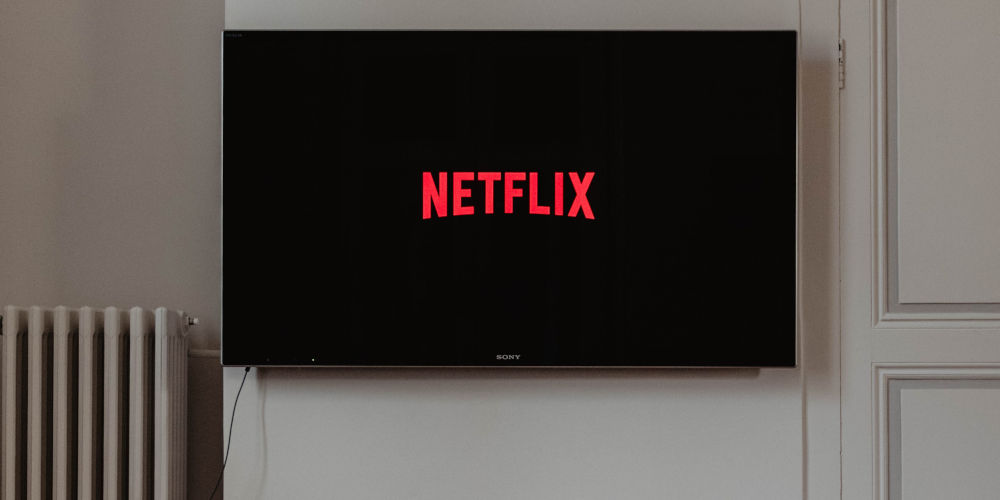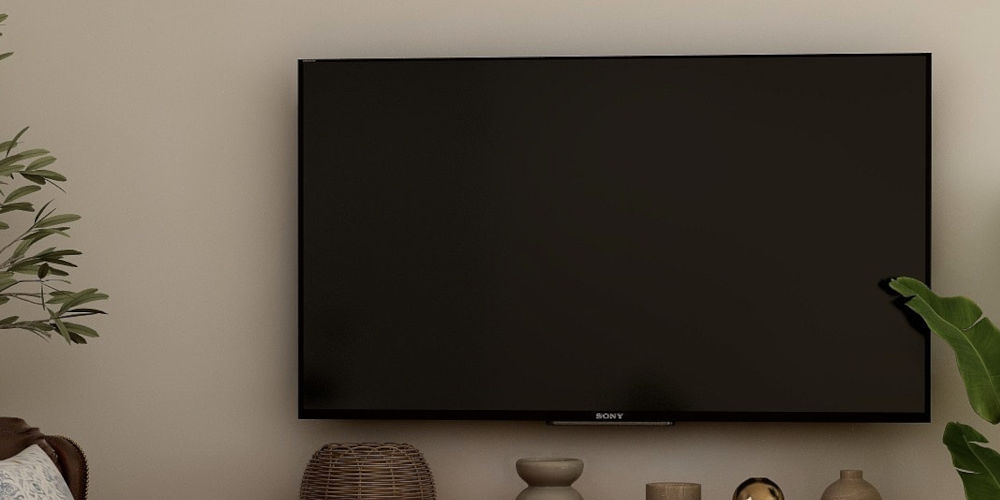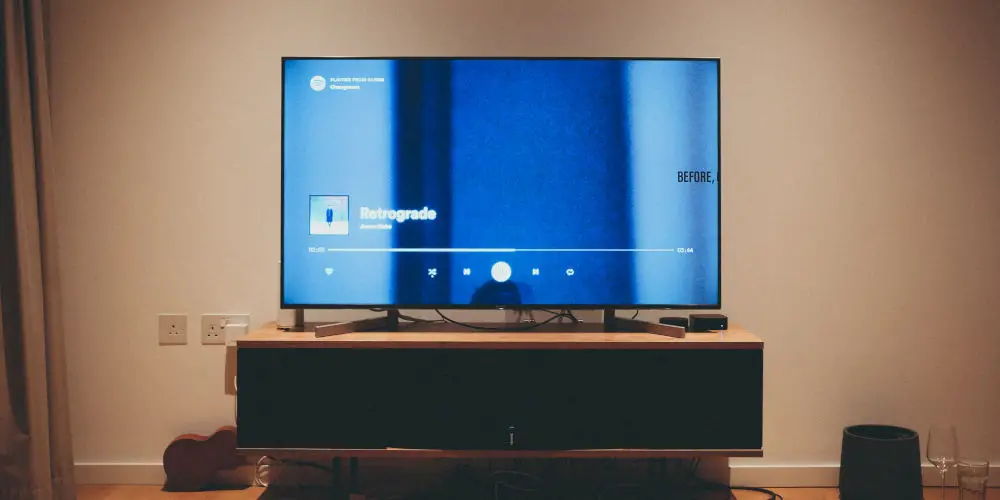What is 4K TV and should you buy one?

Looking for a new TV has never been as complex as now. Do you buy a 4k or OLED or a UHD smart one? With seemingly endless options you might wonder what is 4K TV and do I need one?
As most people in their late 20s grew up with four channels (a fifth one was added much later), even the sheer amount of content available is mind-blowing! Not to mention how far technology has. So throw away your antique CRT TV and embrace 4K!
In this simple guide, we’ll explain all you need to know about 4K TVs, empowering you to make the best purchasing decision. Don’t let the sale’s person at your local electronics store bamboozle you with techno-speak. Instead, go armed knowing the basics and end up with the ideal 4K TV!
What is 4K TV?
Let’s start with the basics and with what is 4K TV? 4K refers to the number of pixels on your TV screen. Also known as the “image resolution”. A pixel is a tiny dot of colour that makes up the image you see on your TV screen.
If the pixels are obvious in an image, then we call that a pixelated image. An image that uses only a few pixels will look very basic, without much detail or depth.
On the other hand, the more pixels that make up an image, the more realistic, sharp and clearer it’ll look. The simplest way to demonstrate this is to watch an old VHS (even if you’ve transferred it on to DVD) then watch the latest Blu-ray release.
The comparison will be night and day. And while the VHS will have a cool, vintage vibe, it simply can’t compare to the richness of the Blu-ray.
A true 4K screen has 4096 x 2160 pixels. So, on your TV screen, there are 3840 pixels across, and 2160 pixels vertically. In total, that adds up to roughly 8.3 million pixels!
If you compared a Full HD TV with a 4K TV, you’ll notice that the latter has four times the number of pixels. Full HD (or 1080p) screens have 1920 pixels across and 1080 pixels going upwards, displaying around two million pixels in total.
In short, 4K means your TV has far more pixels on the screen compared to the average Full HD display.
Can you spot the difference between 4K and Ultra HD?
Just to confuse you, Ultra HD, or UHD, is essentially the same as 4K. So, if purchasing a UHD TV will allow you to enjoy watching 4K content. However, this isn’t the whole picture (pun intended).
The majority of TVs have an aspect ratio of 16:9. So for every 16 pixels horizontally, there are 9 vertically. Unfortunately, true 4K footage doesn’t quite fit in with that ratio. So, you won’t often find TVs with 4096 x 2160 pixels.
Instead, to fit with the 16:9 ratio, most 4K TVs will have 3840 x 2160 pixels.
If you’re not quite sure and fancy doing some maths, then grab a calculator. Divide 2160 by 9, next multiply it by 16, and you’ll get 3840. That’s the aspect ratio working its magic!
So an Ultra HD TV does produce a 4K image, albeit with slightly fewer vertical pixels.
![]()
Are those extra pixels worth it?
Investing in the latest technology does come at a cost. And while your decision might not be solely based on price, it will be a factor.
The improvement in image quality from Standard Definition (SD) to High Definition (HD) is double. SD is 480 lines high, whereas HD is 1080 lines high. Then consider that 4K screens are noticeably sharper than 1080p screens, and you’ll begin to appreciate how impressive images look in 4K.
But that’s not all you need to consider. If you’re planning on buying a similar sized television to your existing unit and like to sit quite close, then you might not see such a big difference between HD and 4K.
These issues are compounded by the resolution of what you’re watching as many are still only viewing HD content rather than 4K videos. Of course, there’s a slight improvement in picture quality if you’re using a 4K screen to watch HD content but not enough to justify the price tag.
Can you only watch 4K videos on a 4K TV?
While you can still watch 4K videos on a non-4K TV, the experience will not be as rich and colourful as if you watched the same video on the latest 4K TV. So, to enjoy 4K content in all of its glory, you’ll need to buy a 4K TV.
The same is true if you’re watching SD or HD footage on a 4K TV, it won’t magically become 4K quality. That said, you should see a difference in picture quality thanks to the onboard upscaling software, which convert your content into near-4K quality.
How upscaling software works, in a nutshell, is it estimates the colours it needs to fill in the extra empty pixel missing in the SD or HD footage and then paints them in real-time. Doing this creates a 4K-like effect, but it’s not true 4K.
Is there much 4K content available?
Just a few short years ago (ancient history in technological terms), it was hard to find 4K movies let alone TV shows or videos. Thankfully, as consumer demand for 4k content increased, so did the amount available.
Both Netflix and Amazon Prime Video (FREE 30-day trial) offer a range of films and shows in 4K. YouTube creators are putting out more and more videos in 4K too. Not to mention the range of 4K Blu-rays available.
Of course, to watch 4K content, having the right TV is only part of the puzzle. You’ll need a fast internet connection, but more on that in a moment.
That said, for the best cinematic experience, you’ll want to go old school and buy content on Ultra HD Blu-ray discs. These discs support 4K resolution as well as High Dynamic Range (HDR), offering more vibrant colours and darker blacks, or increased frame rates.
Buying physical discs ensures a higher bitrate, which means a higher quality picture than you’ll be able to view by streaming the film. Of course, if you don’t care or want a clean home without a disc collection, then enjoy streaming!

Can you enjoy High Dynamic Range (HDR) content?
Support for HDR is easily the most impressive feature found on a 4K TV. In short, HDR increases the contrast, allowing you to view an even wider colour spectrum. There is a small snag, to enjoy the benefits of HDR, you need to watch content that supports it.
Just confuse things, there are a few competing HDR standards. The most common are HDR10, HDR10+ and Dolby Vision. It’s best when buying a TV that you look for a unit that supports a few standards.
Do you need a minimum internet speed to stream 4K content?
Both Netflix and Amazon require speeds of at least 15Mbps (25Mbps is preferable) to stream 4K content. You’ll need speeds to remain consistently at or above that figure. Once they detect a drop in speed, the picture will slip back into HD.
It’s common for streaming services to start a programme at low resolution and then bump it up to HD and UHD after the initial buffer. So don’t be overly concerned if you start with a blurry image.
As compression techniques improve in the future, you may be fine with slightly lower broadband speed for streaming 4K content. Bear in mind, the more compression, the less picture quality. So, if you’re serious about 4K then you’ll need a fast broadband connection.
Should I adjust how close I sit to my 4K screen?
Ideally, for the best results, you should sit closer to your 4K screen than you would do with HD. The extra resolution and increased pixel density means you can sit further forward as doing so will create a more immersive experience.
That said, as there’s no right viewing angle, you should experiment to find what works best for you.

Will I need to upgrade my cables for 4K?
Unless you’re using ancient HDMI cables, you should be fine as long as they handle 1080p (the standard for several years now). And anyway, treating yourself to the latest HDMI cable isn’t going to bankrupt you. So it’s worth investing in the latest High-speed HDMI cables.
The speed of your connection, however, does depend on the types of connectors. For the best results, you should use HDMI 2.1 as it’s capable of transmitting 4K at 120fps or 8K at 60fps.
Don’t get conned into buying expensive cables.
Should I invest in 4K resolution now?
As the majority of TVs currently available are 4K, it’s quite difficult to find a model for sale that isn’t 4K. And while it’s easy to argue that the benefits of 4K are less obvious on smaller screen sizes, there are few reasons not to buy one.
For example, the difference between a 32-inch HD TV and a 4K TV of the same size is minimal. However, over 40-inch screen size, the benefits of 4K become more apparent. By the time your look at the larger format screens (55-inch, 65-inch, 75-inch), the differences are very clear.
Plus as more content is released in 4K weekly, it’s worth investing in the technology as a way to future proof your TV.

What’s next for 4K resolution?
As you now know what is 4K TV, we can consider what’s next for the resolution. And with 4K now considered mainstream and is no longer just for those with cash to burn, minds start to wonder what’s next, especially as we now have 8K TV.
It does seem the future of 4K isn’t in smaller screen sizes as the benefits are minimal, but in the underlying technology. It’s no longer about more pixels. The improvements are now in making them better using the latest technology and advanced processing.
Should I buy a 4k TV?
As the cost of 4K televisions is affordable and widely available, it’s worth buying one. Plus there’s plenty of 4K content available, including online videos, TV and films.
Hopefully, this answers the initial question of “What is 4k TV?” and you now understand the topic better, enabling you to make a better buying decision.




